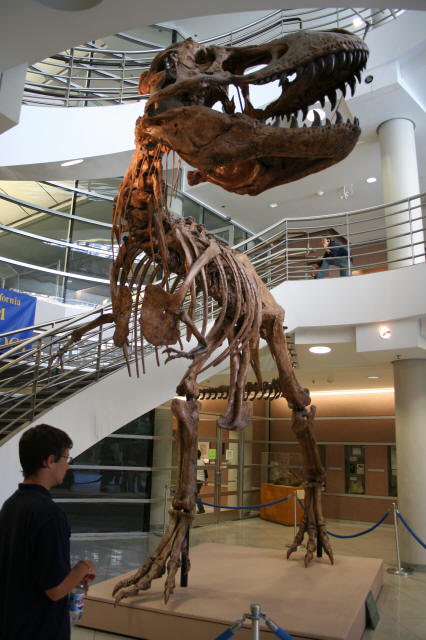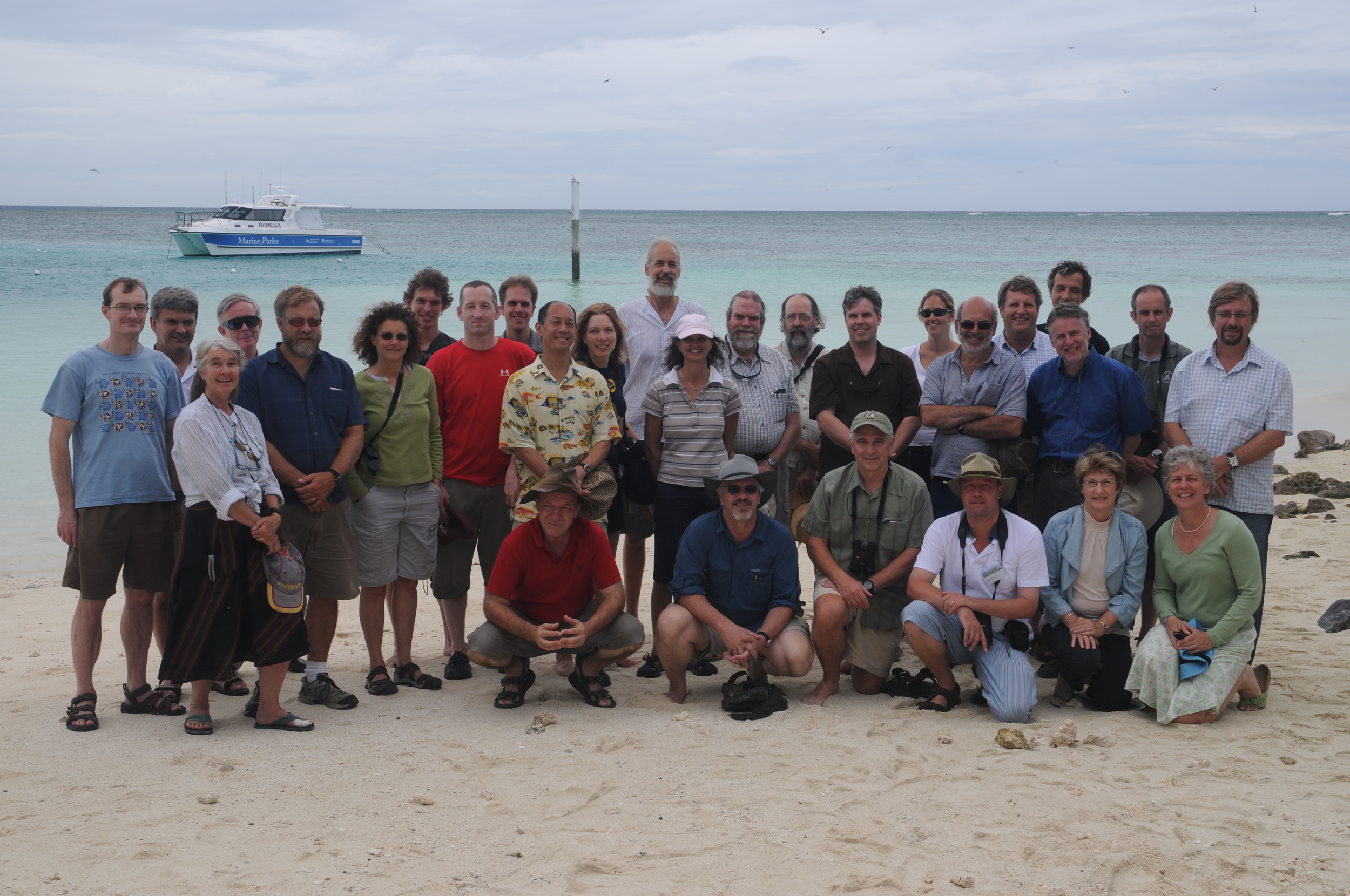For the past year a group of graduate students, post docs and early career researchers have been working to set up a global network , with the goal of bringing the new generation of ecologists around the world into contact. The newly born initiative goes under the name "International Network of Next-Generation Ecologists" or simply INNGE [in-jee]. INNGE has close connections to the International Association for Ecology (INTECOL). The launch of the network was announced in the most recent newsletter of INTECOL - read it here.
The website of INNGE is currently under construction, but should be up and running soon. Until then find out more about INNGE by joining the Facebook group [INGGE], LinkedIn group [INNGE] or follow INNGE on Twitter [INNGEcologist].
Excerpt from the newsletter story:
INNGE specifically aims to 1) Enhance a. International knowledge about ecological topics b. The ability to build academic networks for early-career scientists locally and regionally 2) Foster a. Cross-continental initiatives between ecological societies and their early career ecologists b. Local stewardship and sustainability efforts via global coordination 3) Communicate a. On-going initiatives from ecological societies to ecologists in other parts of the world so as to ensure synergy and avoid unnecessary redundancy b. International career opportunities for early career ecologists c. Across disciplines, by engaging with networks of early career researchers in other areas of study





